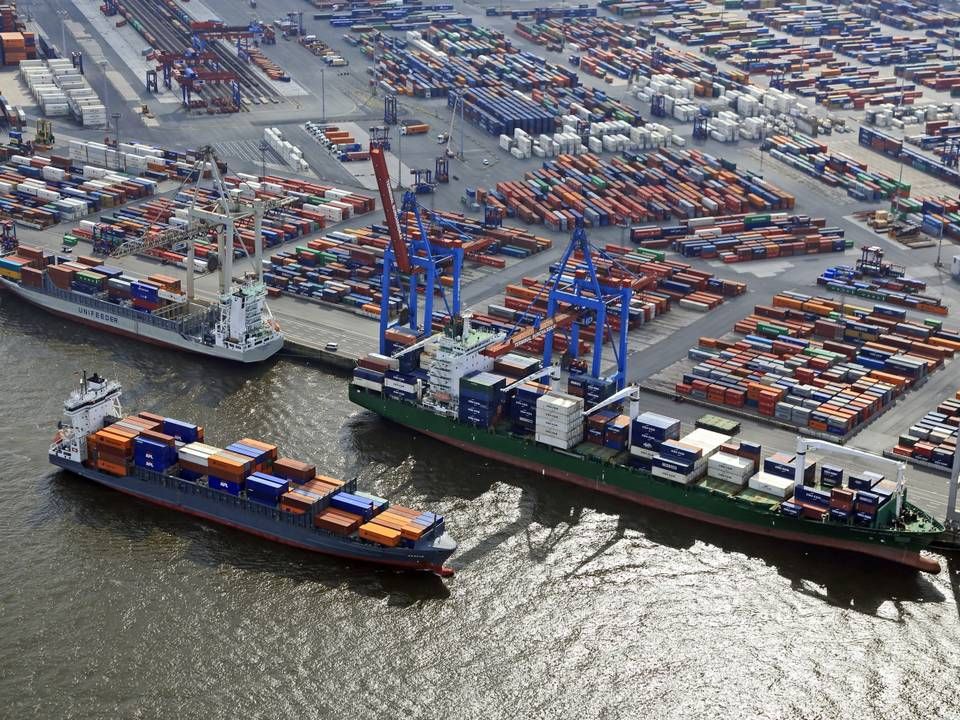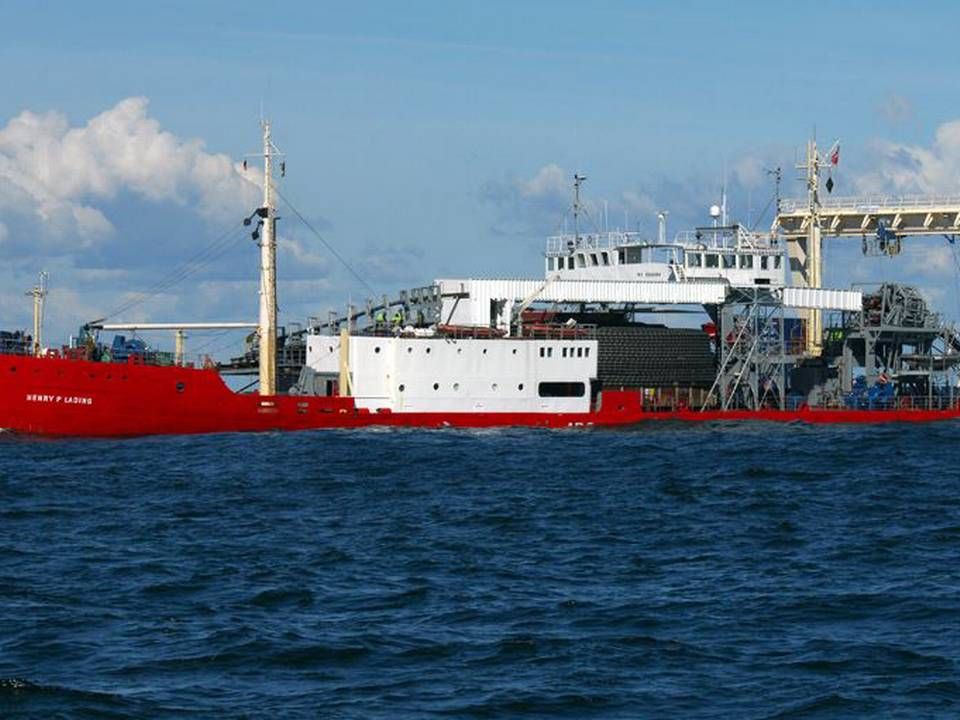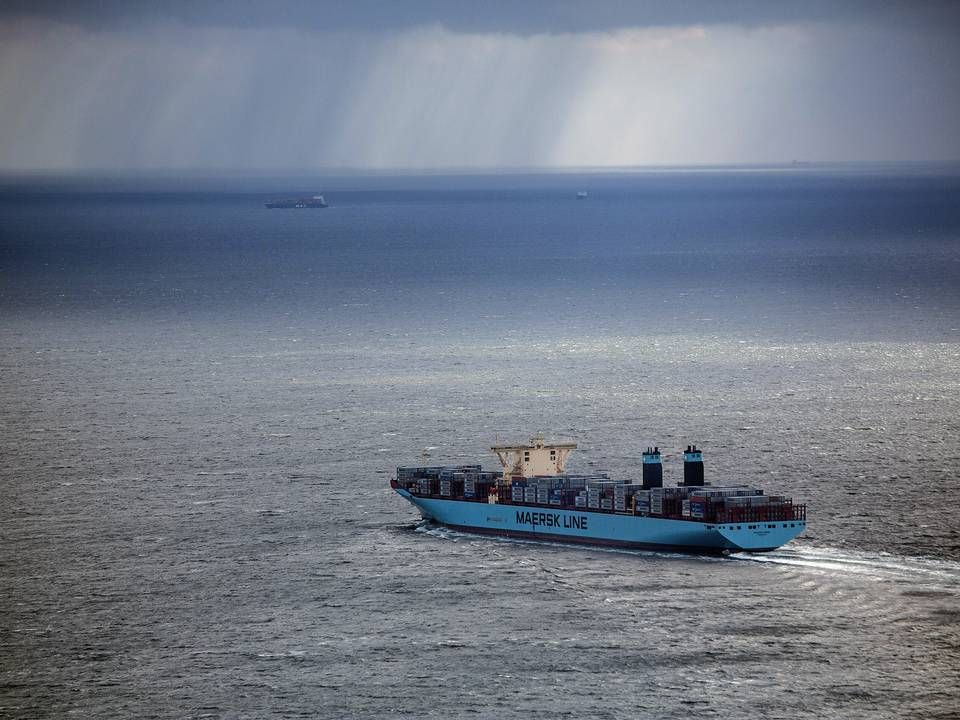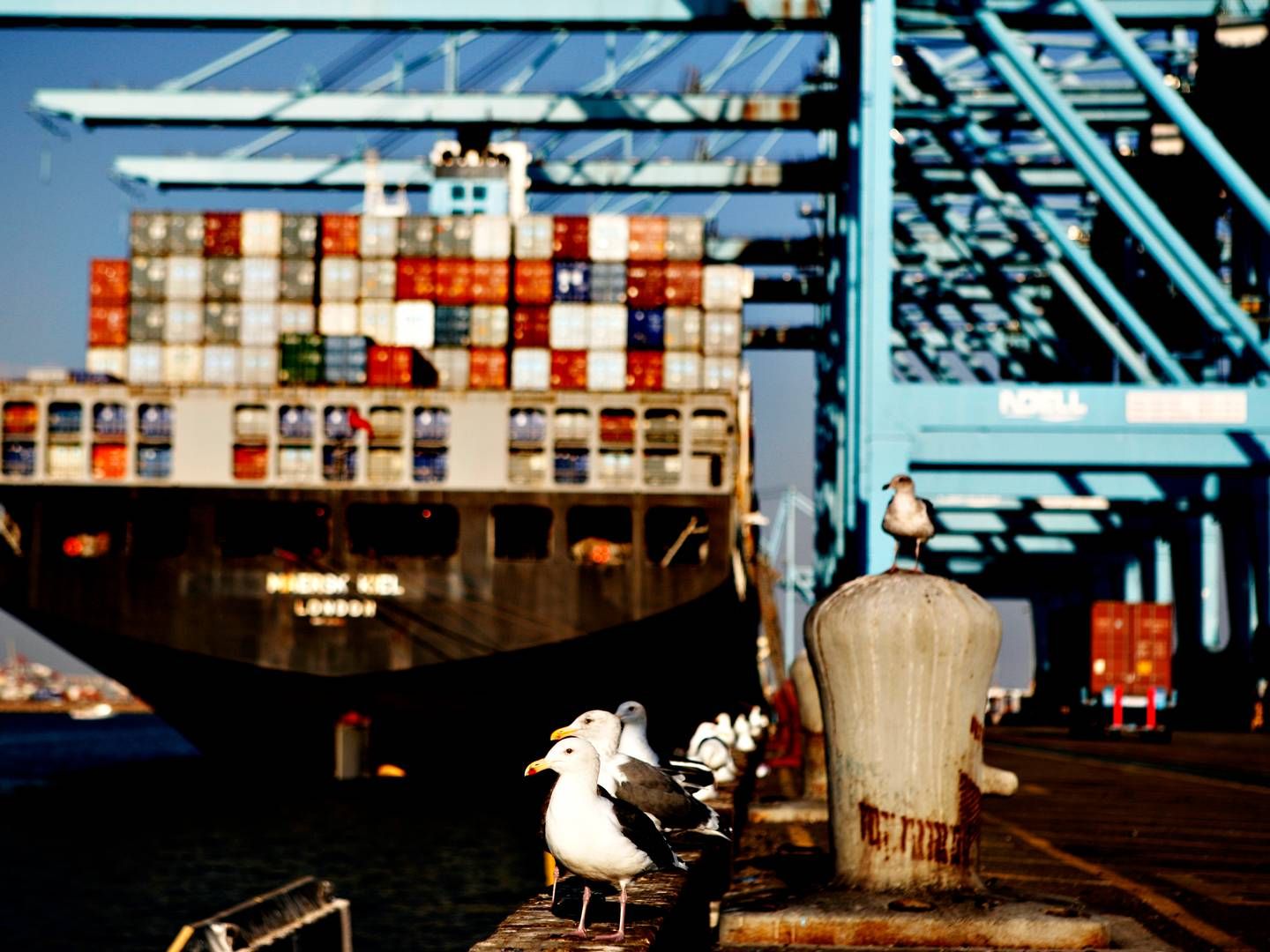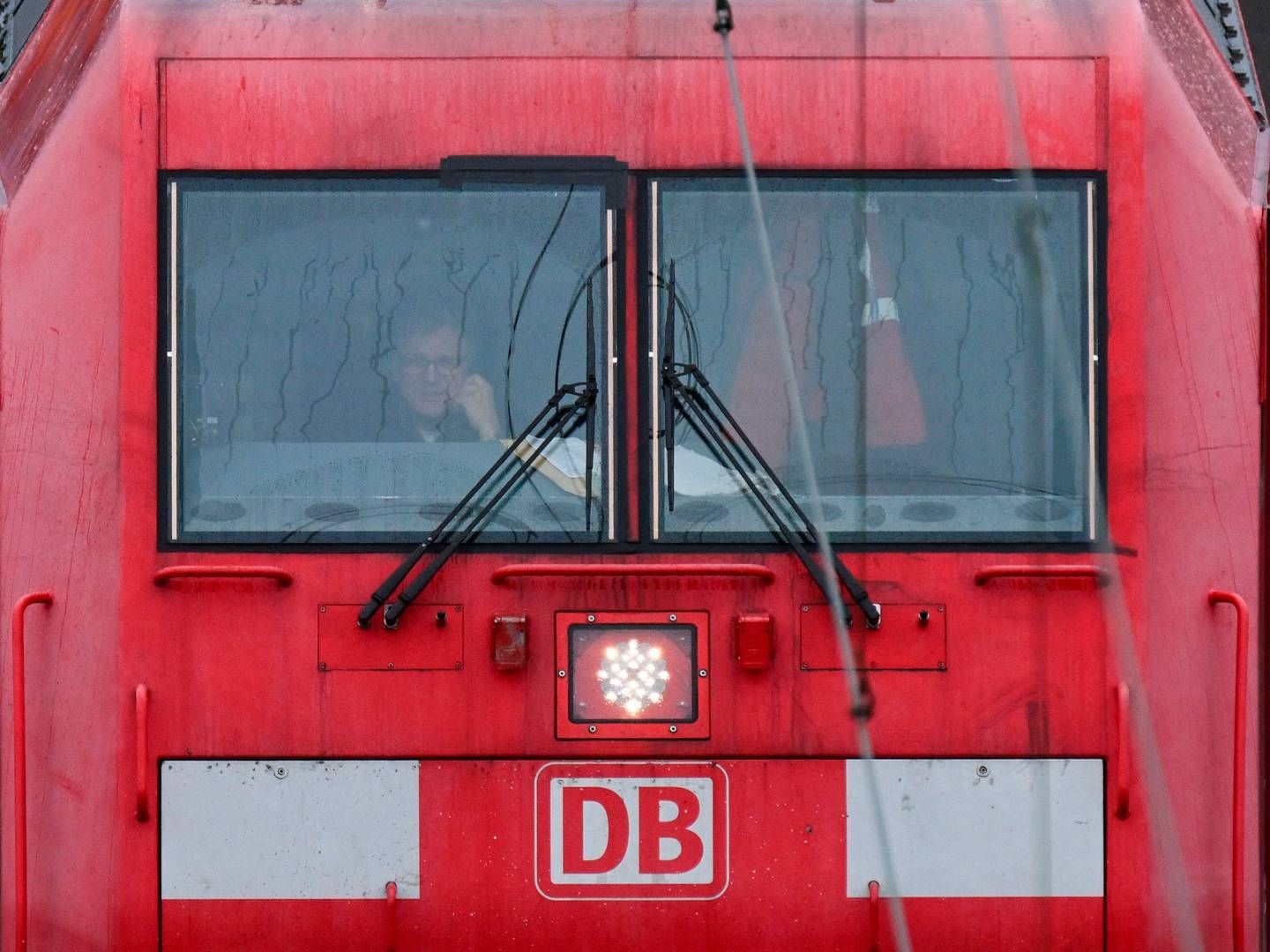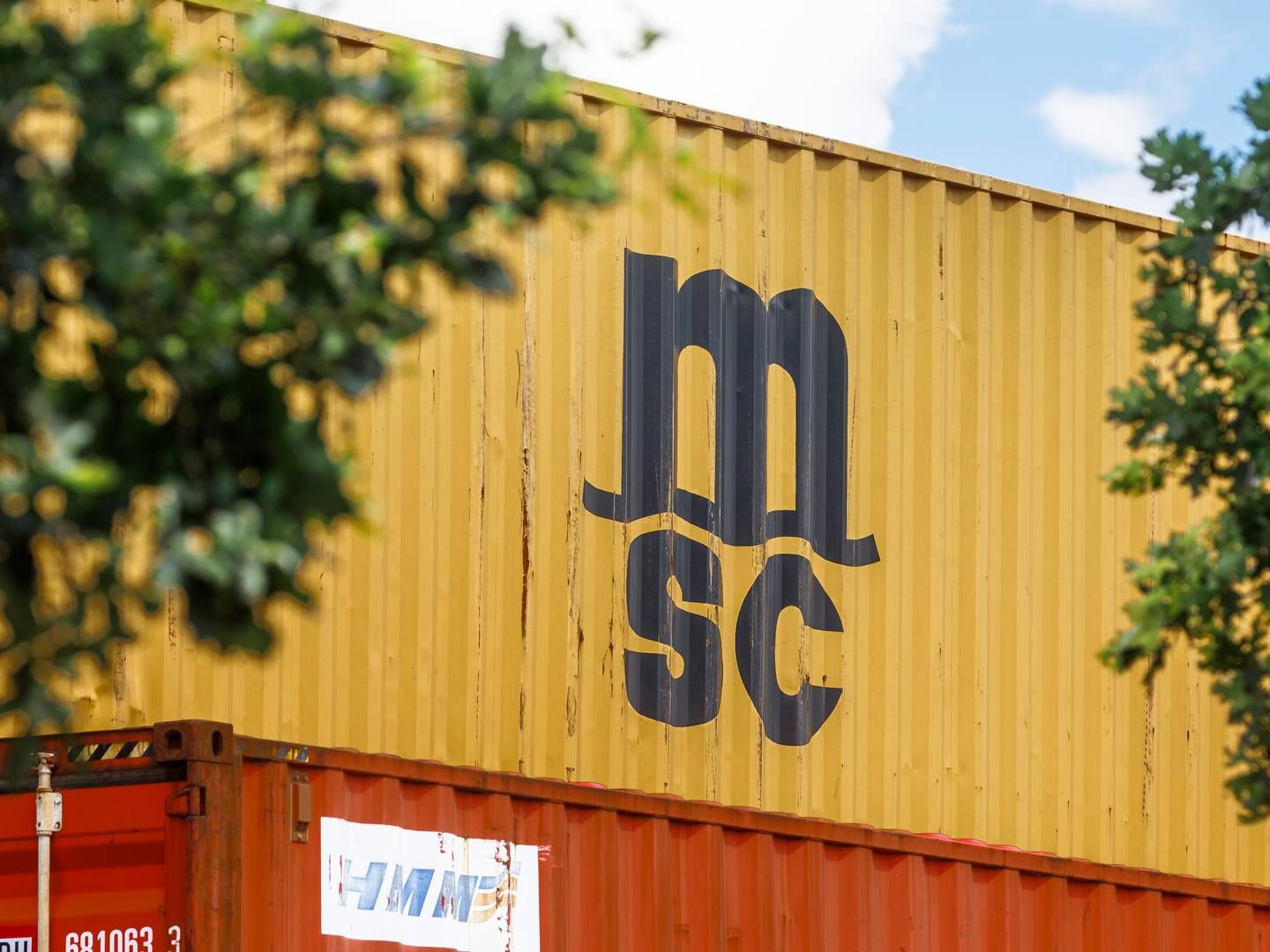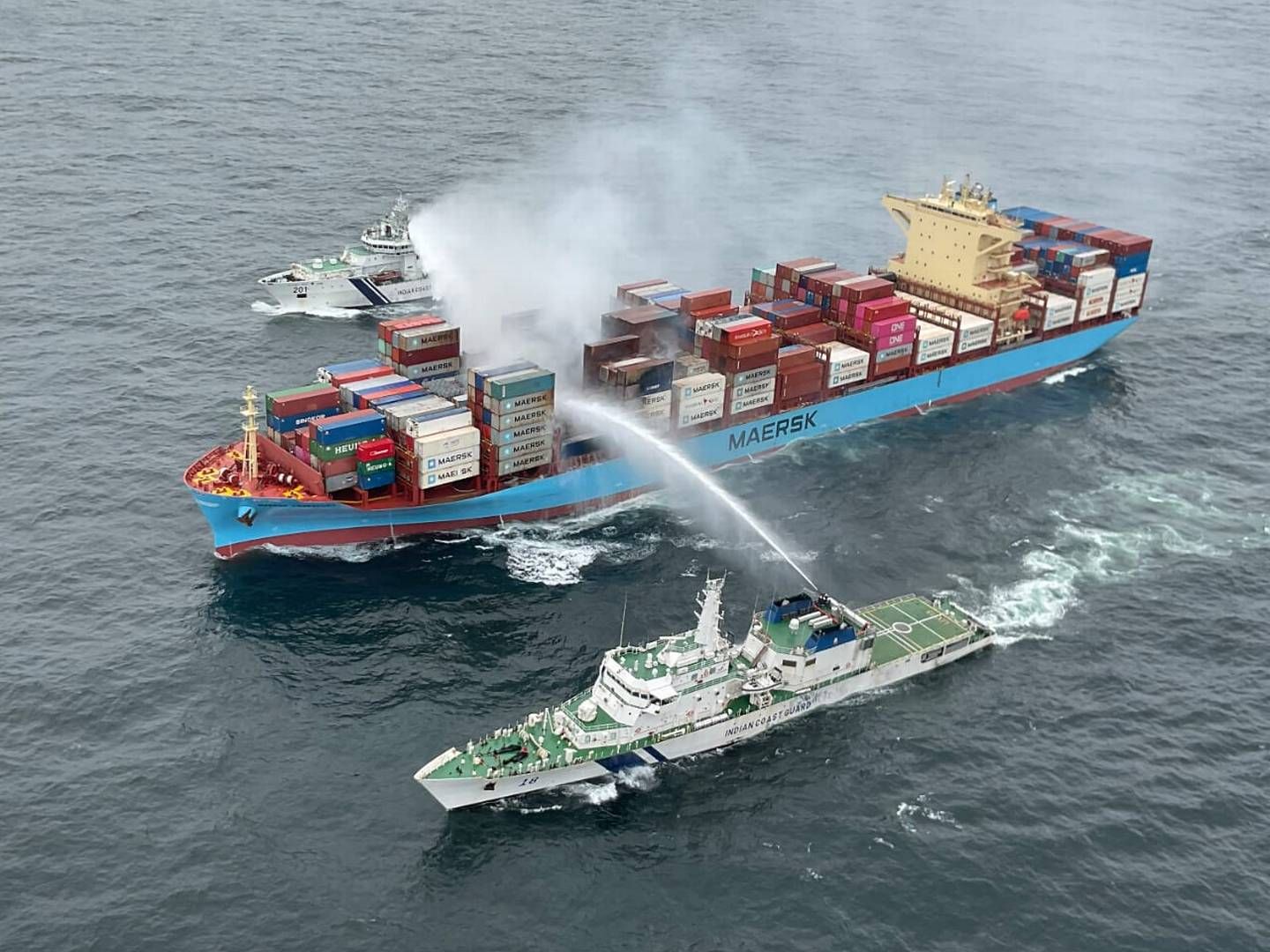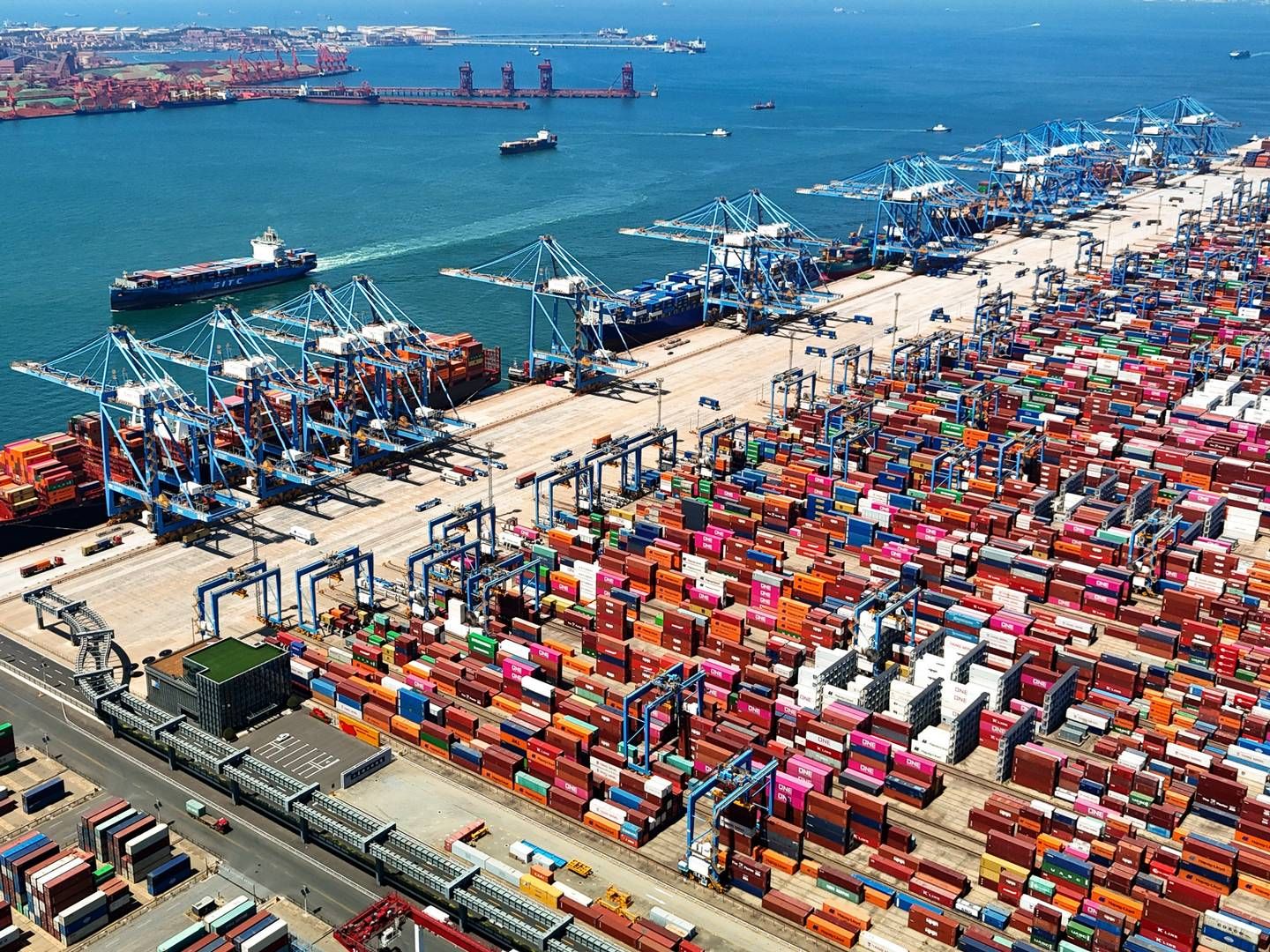Slow-steaming has reduced the problem of overcapacity
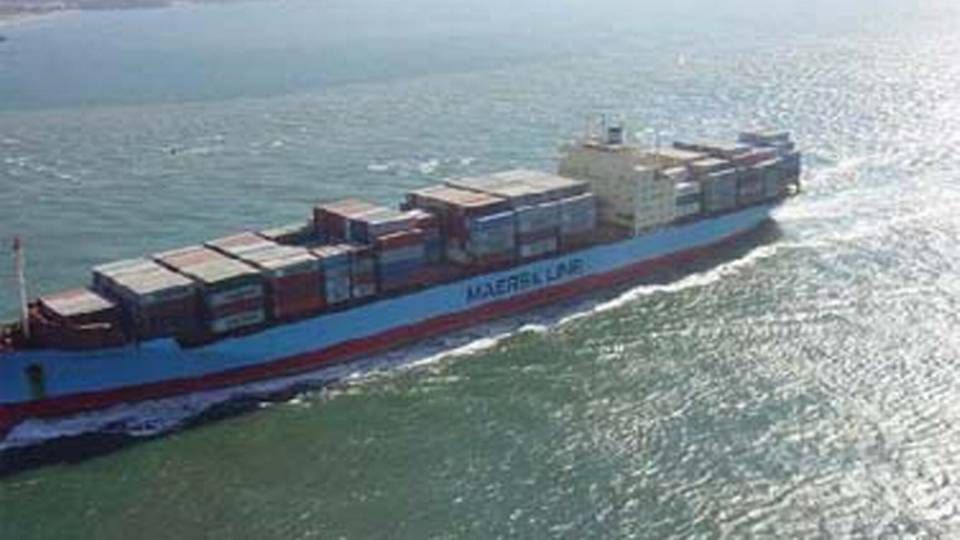
Slow-steaming played a major part in the overcapacity-drama that has played out in the container market since the financial crisis erupted, according to a new analysis by Drewry, which concludes that slow-steaming means that there is less overcapacity than there would otherwise have been.
Read the whole article
Get access for 7 days for free. No credit card is needed, and you will not be automatically signed up for a paid subscription after the free trial.
With your free trial you get:
Get full access for you and your coworkers
Start a free company trial todayRelated articles
Drewry: Alliances put pressure on European ports
For subscribers
Sulphur regulations cost carriers USD 120 per container
For subscribers
SeaIntel: Carriers able to survive expensive fuel
For subscribers

